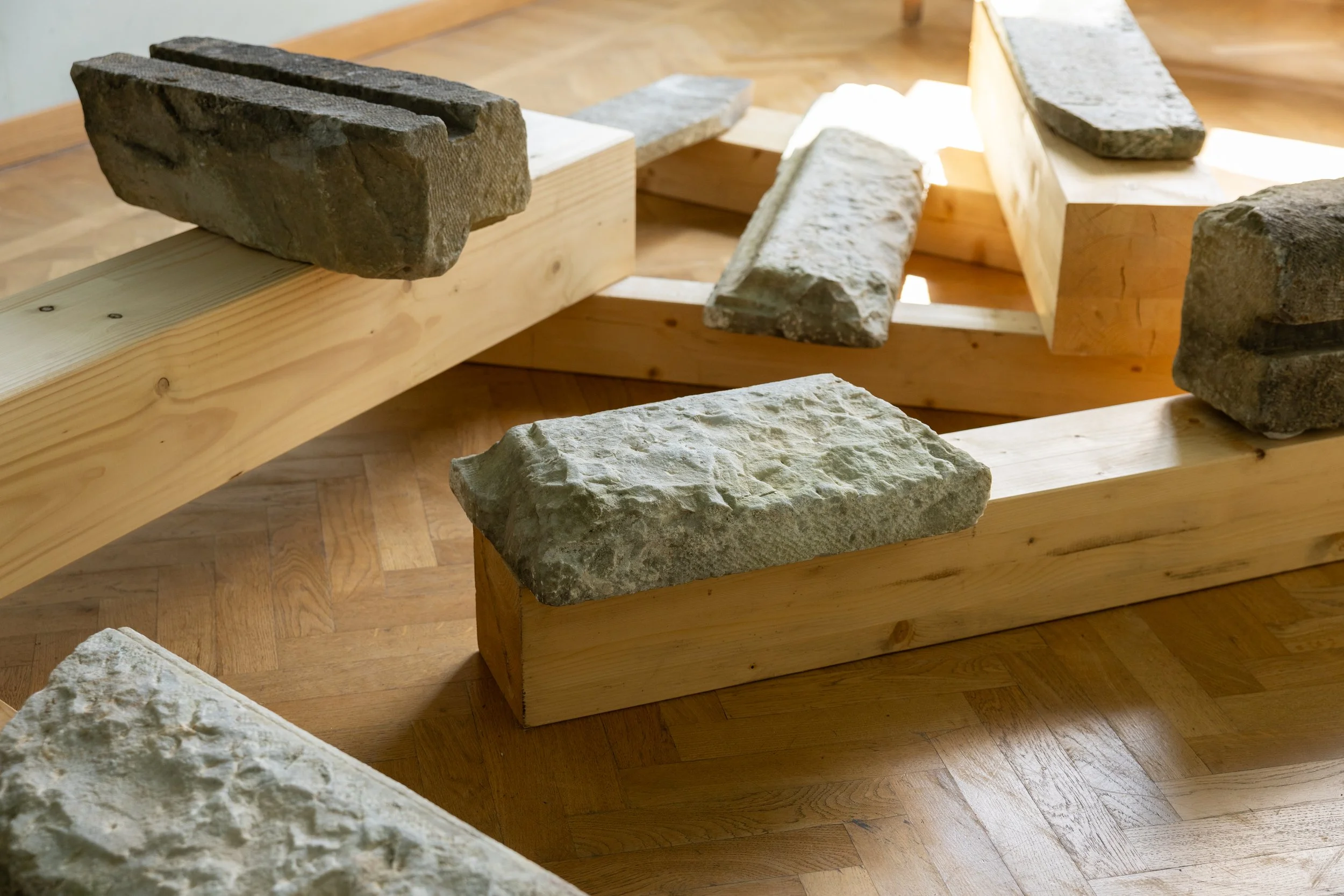
A Stone’s Throw
We live among materials, whilst materials briefly live with us. Played out in timelines incomparable to our own, our built environment is merely a momentary collaboration of matter and ideas.
Looking, sourcing and caring within a locality sits at the center of the design process. During Milan Design Week 2025 we presented ‘A Stone’s Throw’ as part of the British Council’s Circular Cultures programme. Hosted at BASE Milano, we invited visitors to engage with the practice of Spolia - the repositioning of stones from a previous construction.
‘A stone’s throw’ is a saying that means something is close by. For us, it indicates the extent of what we’re able to reach or access. This project is not about stone, but about design as looking, gathering, collecting, sourcing and caring within a locality. Positioning design as a roaming journey of material guardianship.
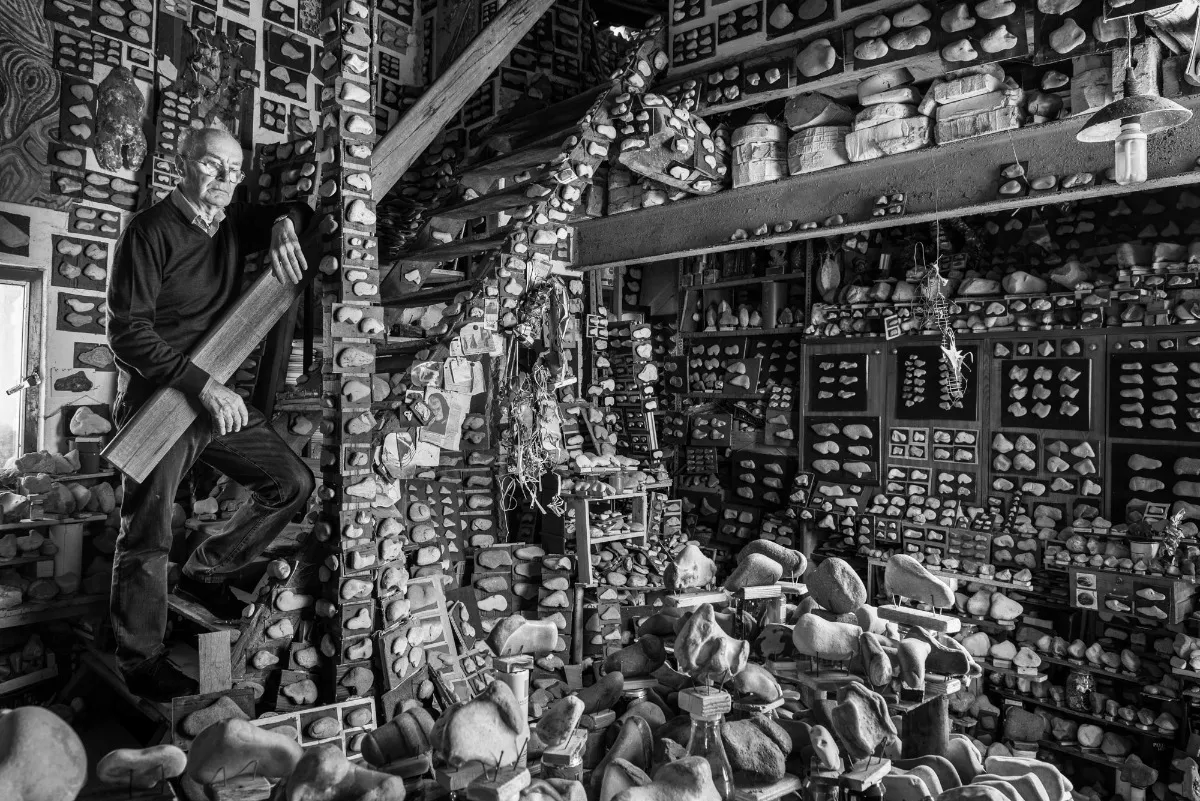
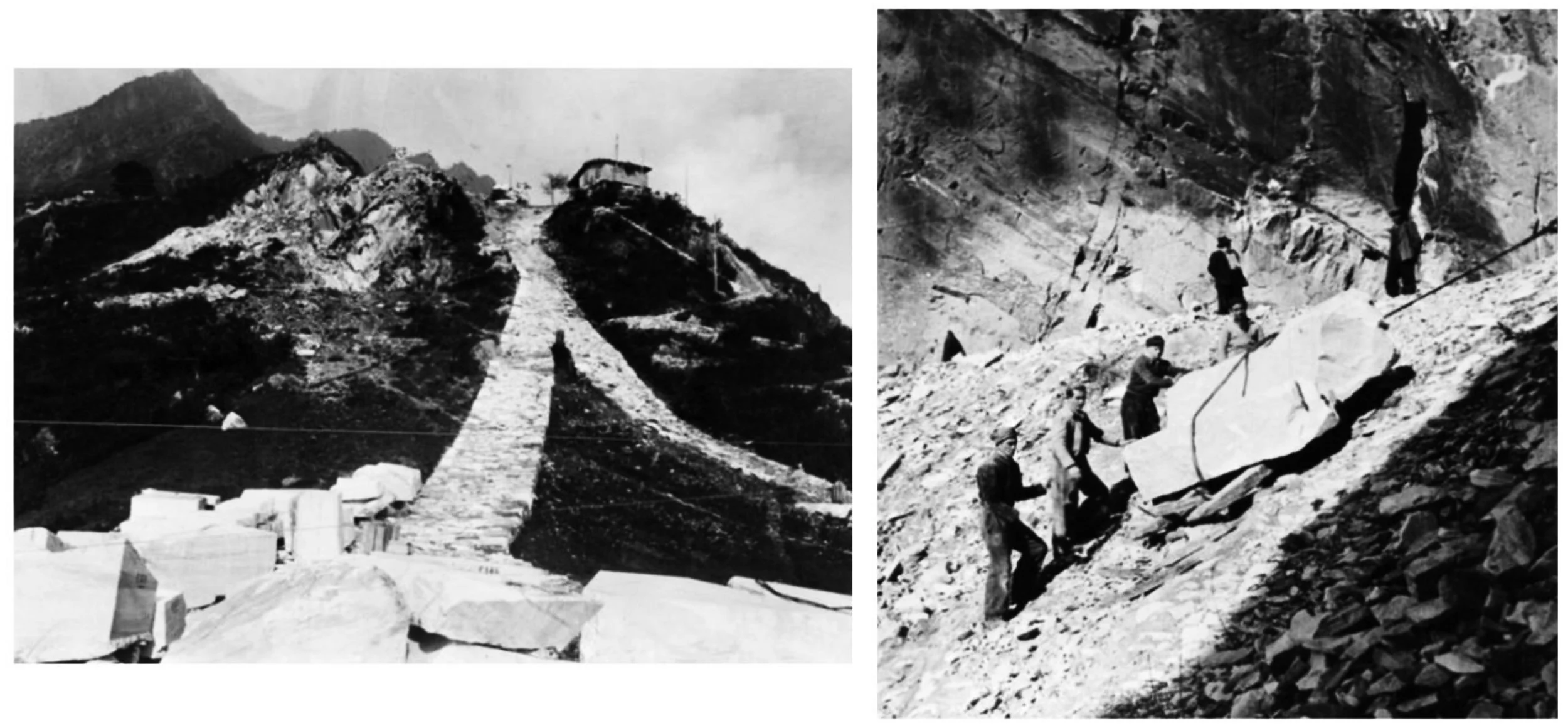
On an ordinary afternoon in 1970, Luigi Lineri was walking along the bed of the River Adige. Rather than looking to the sky, or the flow of the water, instead his eyes kept chancing upon different stones that shared striking similarities. He began to collect them, describing the experience as 'a strange dialogue between man and stone, past and present'. Slowly, over the course of 50 years, the artist and poet has collected thousands of these river stones, categorising them in groups such as 'sheep heads', 'snouts', 'bodies' and 'faces'. Every surface of his home is adorned with boards bearing families of these stone shapes.
The world that Lineri was building for himself was not necessarily about stone, but about a commitment to looking - remaining consistently inquisitive to his immediate surroundings. In the increasingly globalised world of design, it’s easy to lose this connection to and exploration of our context. Considerations of the material provenance, the project’s use and the duration can be sidelined in order to achieve a specific aesthetic. Forever-materials are shoehorned into highly processed projects, the existence of which lasts merely a blink of an eye in the lifespan of the material. The most convenient routes are often those that are systematically extractive, using raw, virgin resources over ones that incorporate re-use, or have had a life prior.
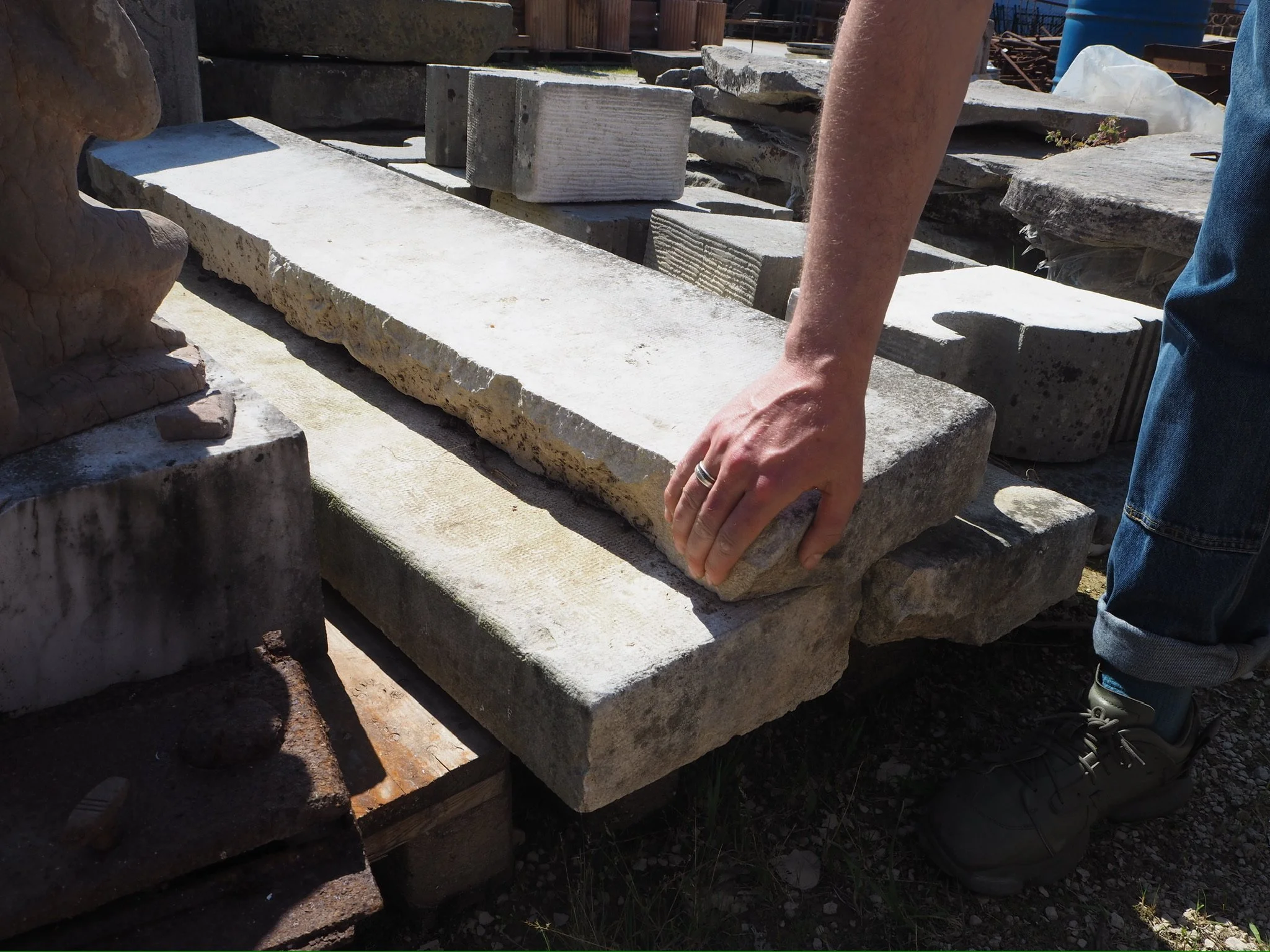
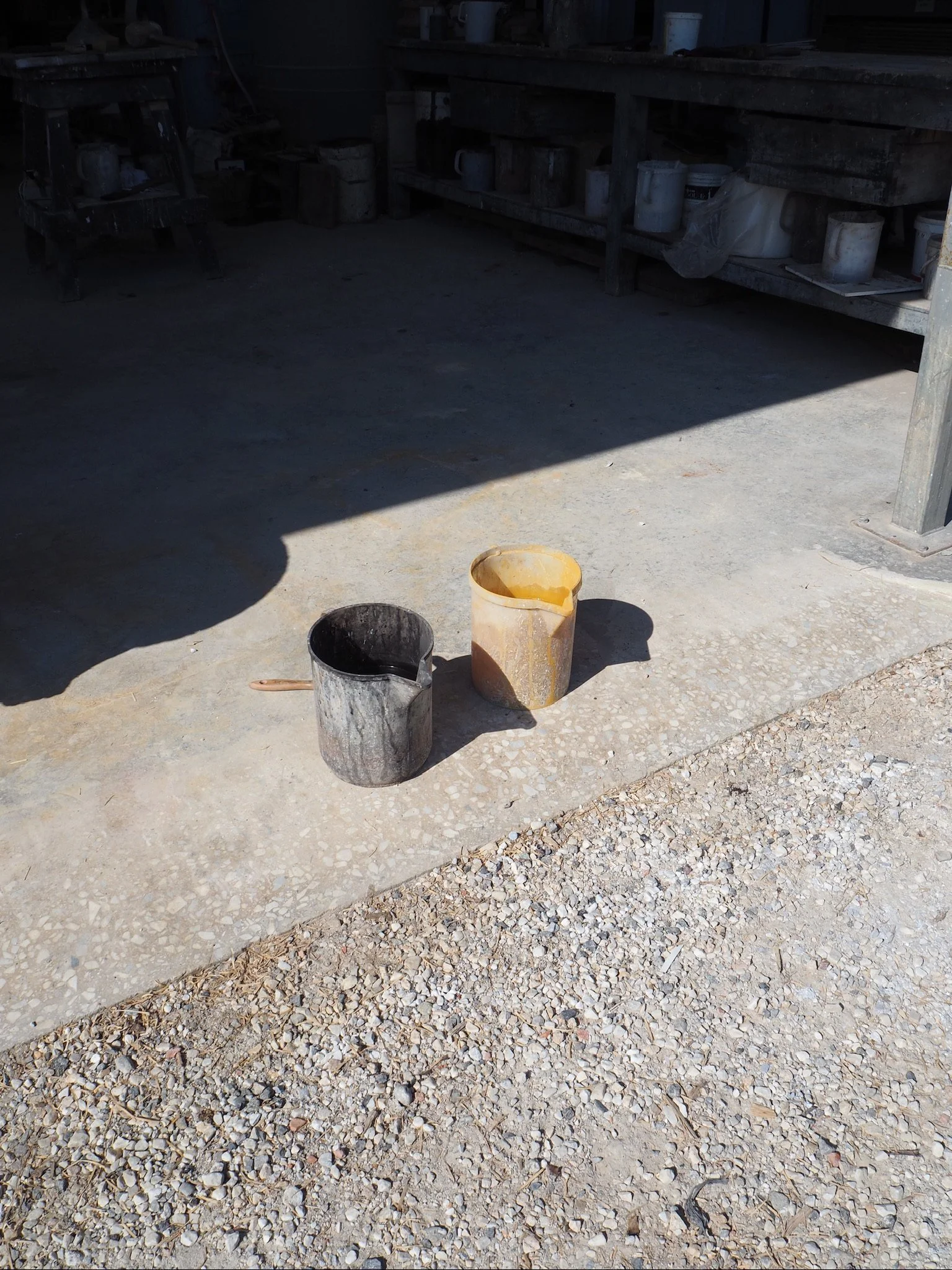
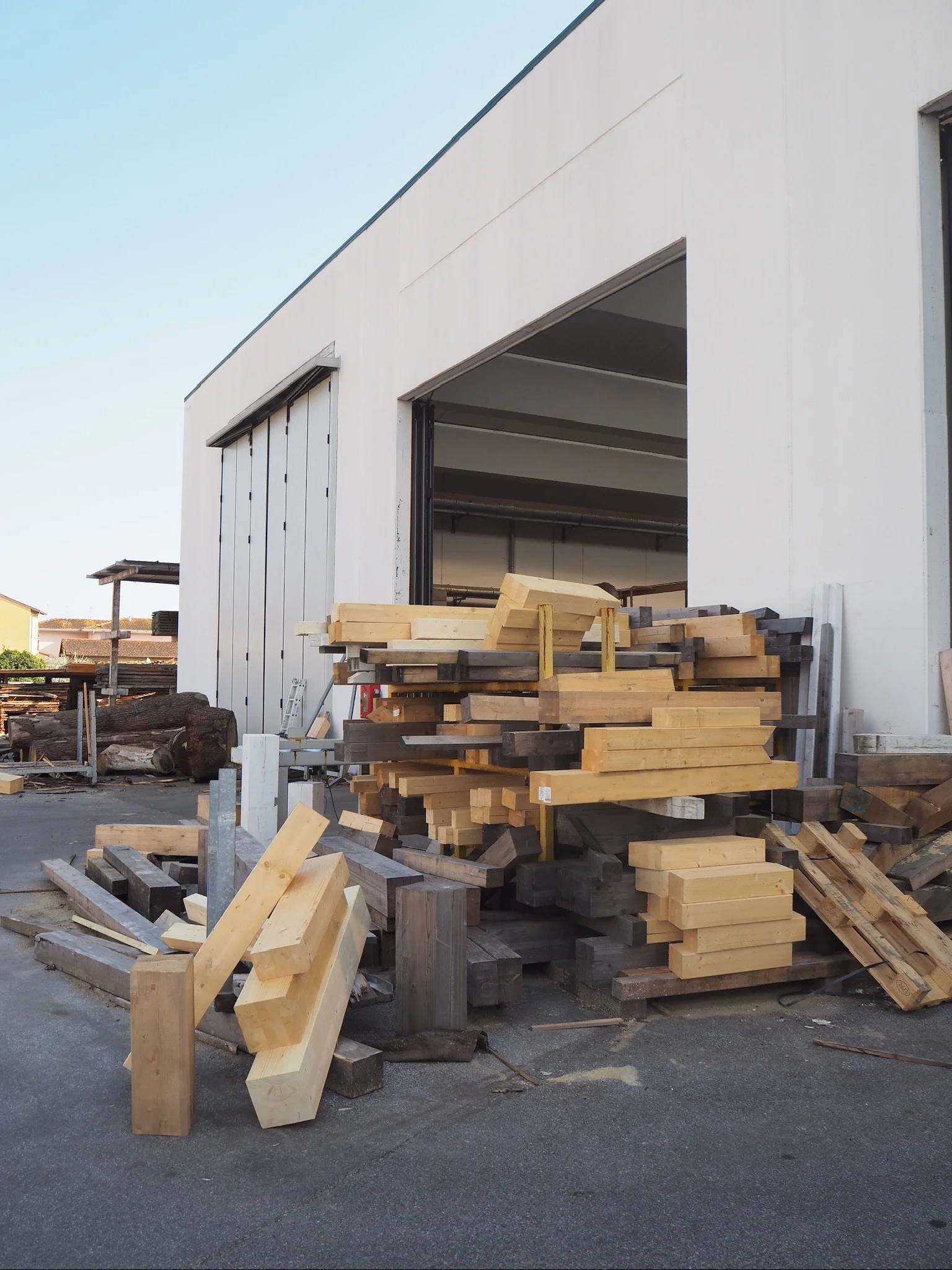
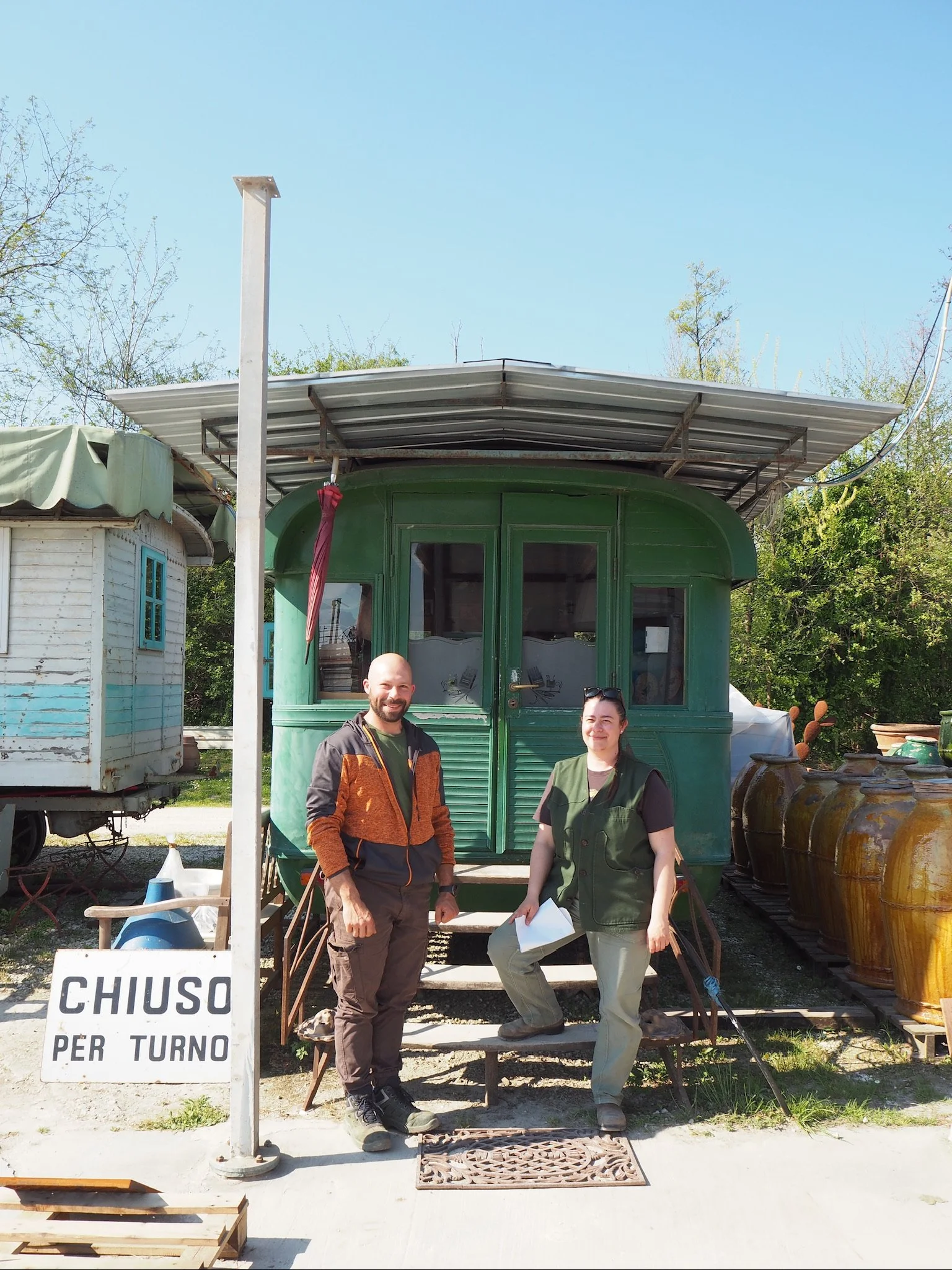
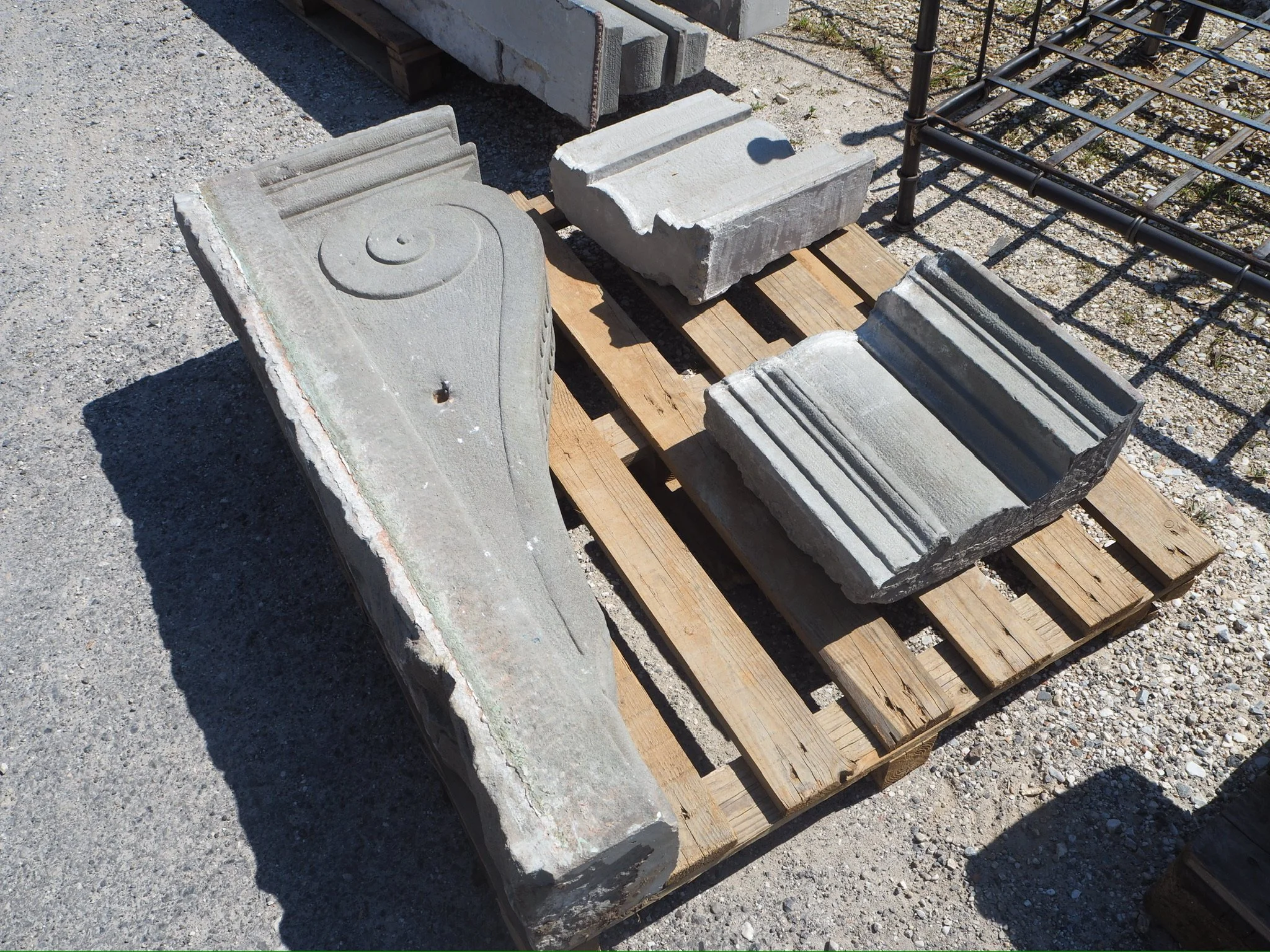
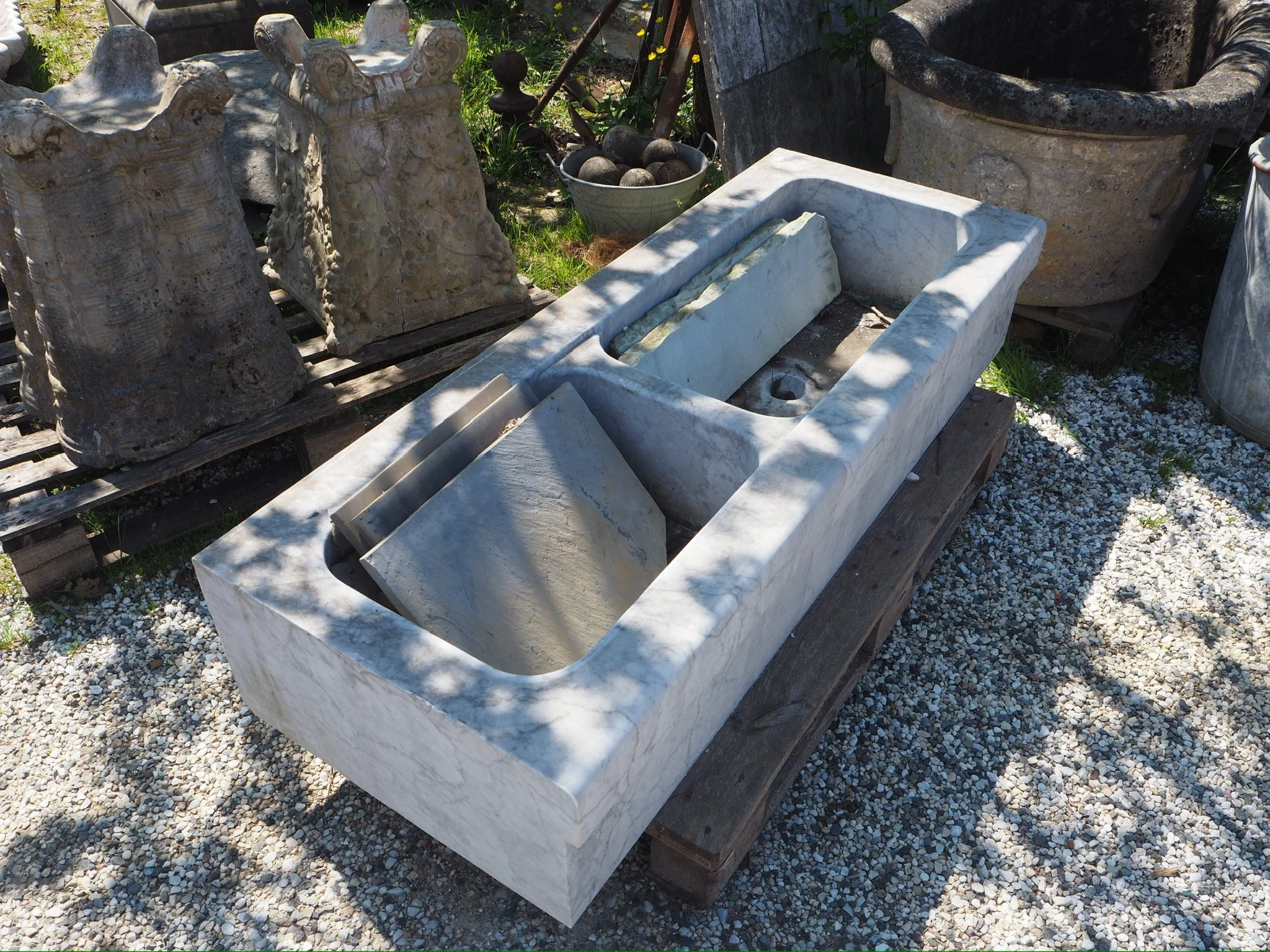
There’s plenty of material already in circulation that has existed for a long time before us, and its lifespan can extend far beyond our own. With this in mind, the material already around us has a right to be an active participant, with agency in the way in which it is placed into designs. When the energy in the design process is redistributed, and focused on the sourcing and positioning of existing materials, then projects can become a circumstance of context and availability - a momentary collaboration between matter and ideas.
Take, for instance, the practice of Spolia, which is the reuse of stone architectural elements from older structures in new constructions. The word comes from Latin, meaning "spoils" or "booty”, or that which would otherwise be overlooked. The stone has mass, texture and strength that it can carry from one construction into another. Maybe it’s not viable to function structurally anymore, but it’s not going anywhere. Its material legacy will outlive our own lifetimes - therefore a design should never be seen as an end-point, merely a stop along the material’s journey.
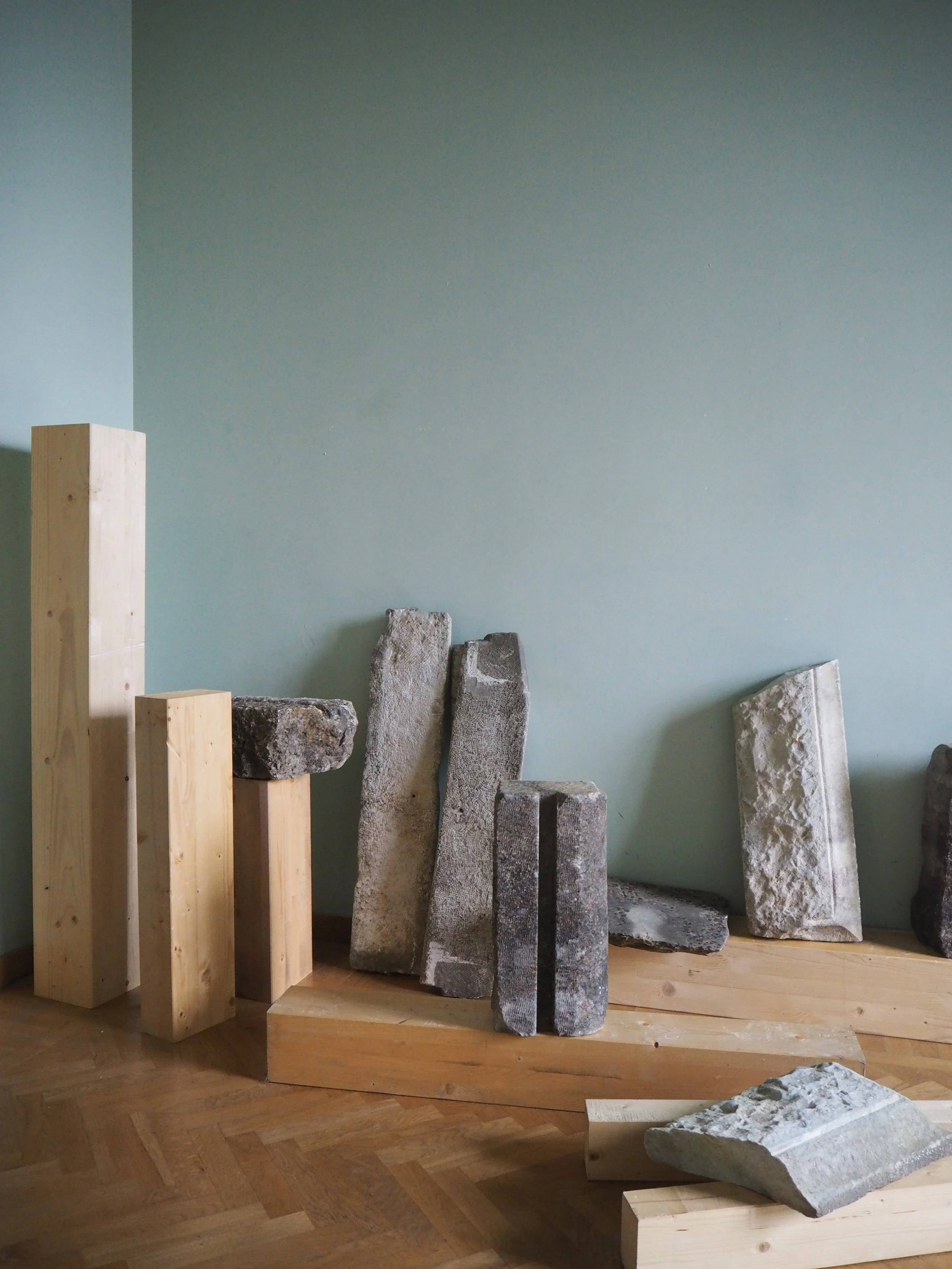
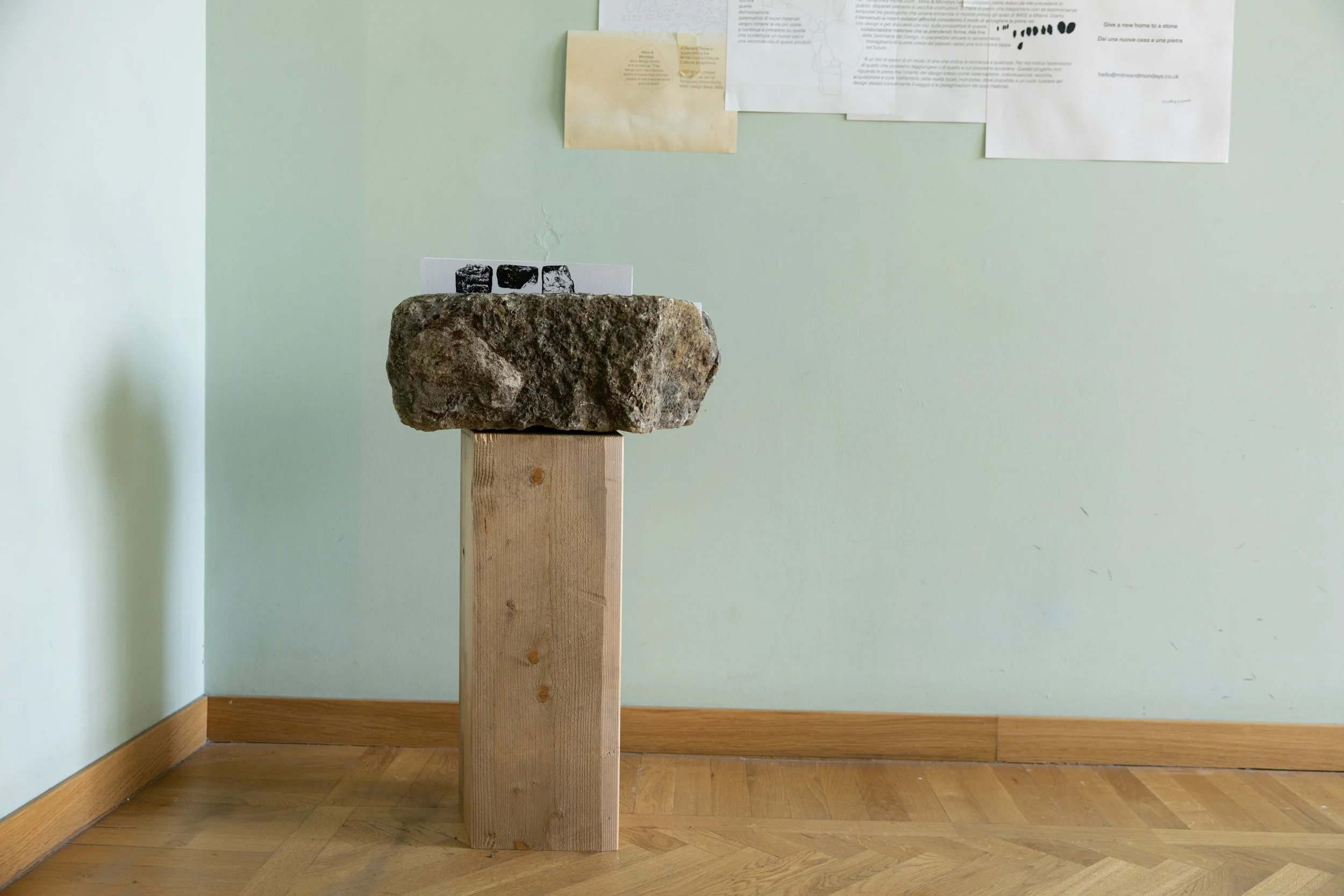
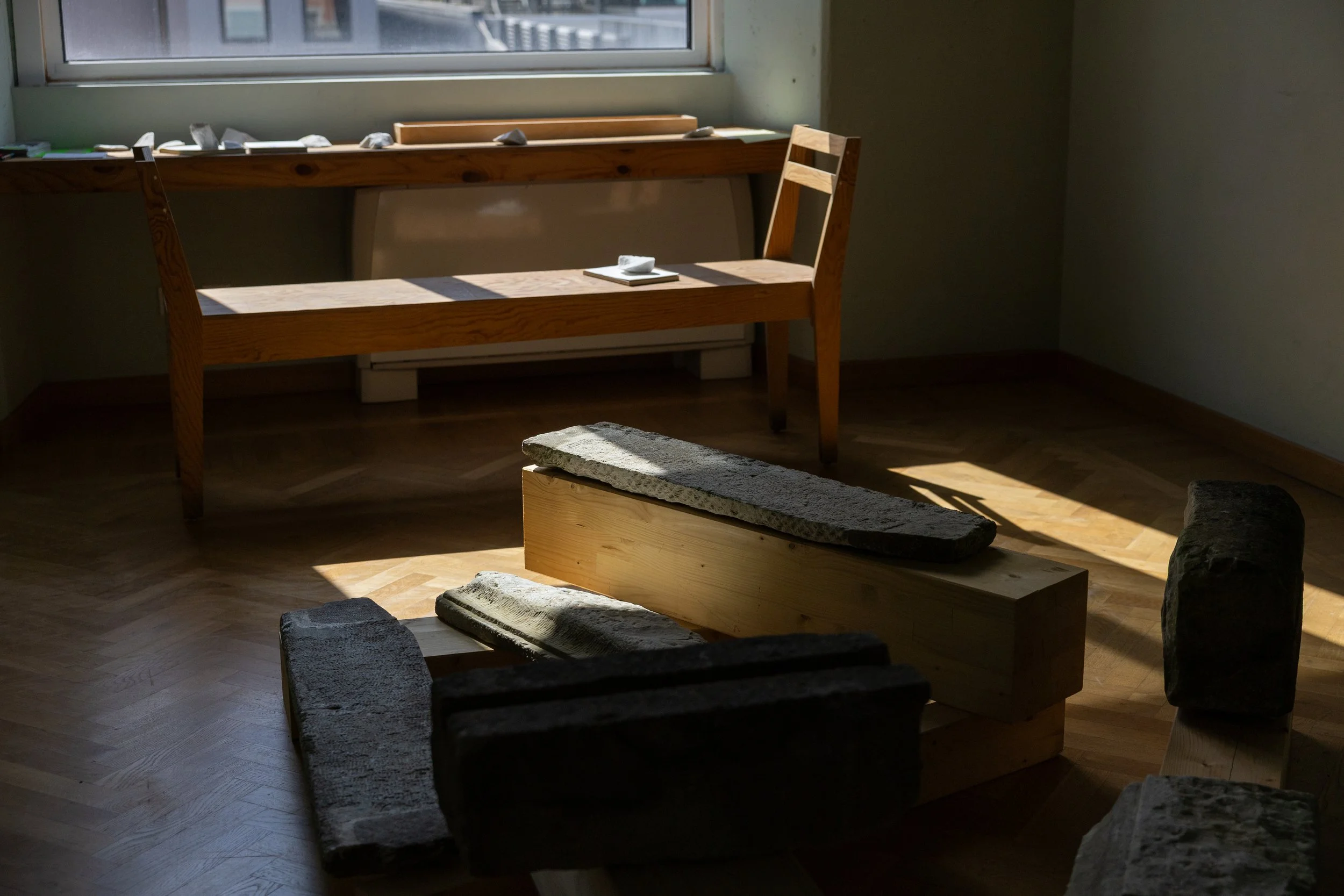
For Temporary Home 2025, Mitre & Mondays have sourced stones that have lived previous lives as disparate elements of buildings. The stones have borne witness to timelines both geologic and human, and hold both in the BASE Milano space. We welcomed visitors to consider how they could invite the stone into their own designs and discuss with us how they see this material collaboration taking form.
At the end of Design Week, the stones have moved on to local Milanese design studios and individuals to use in another re-imagining - another stop along its timeline.
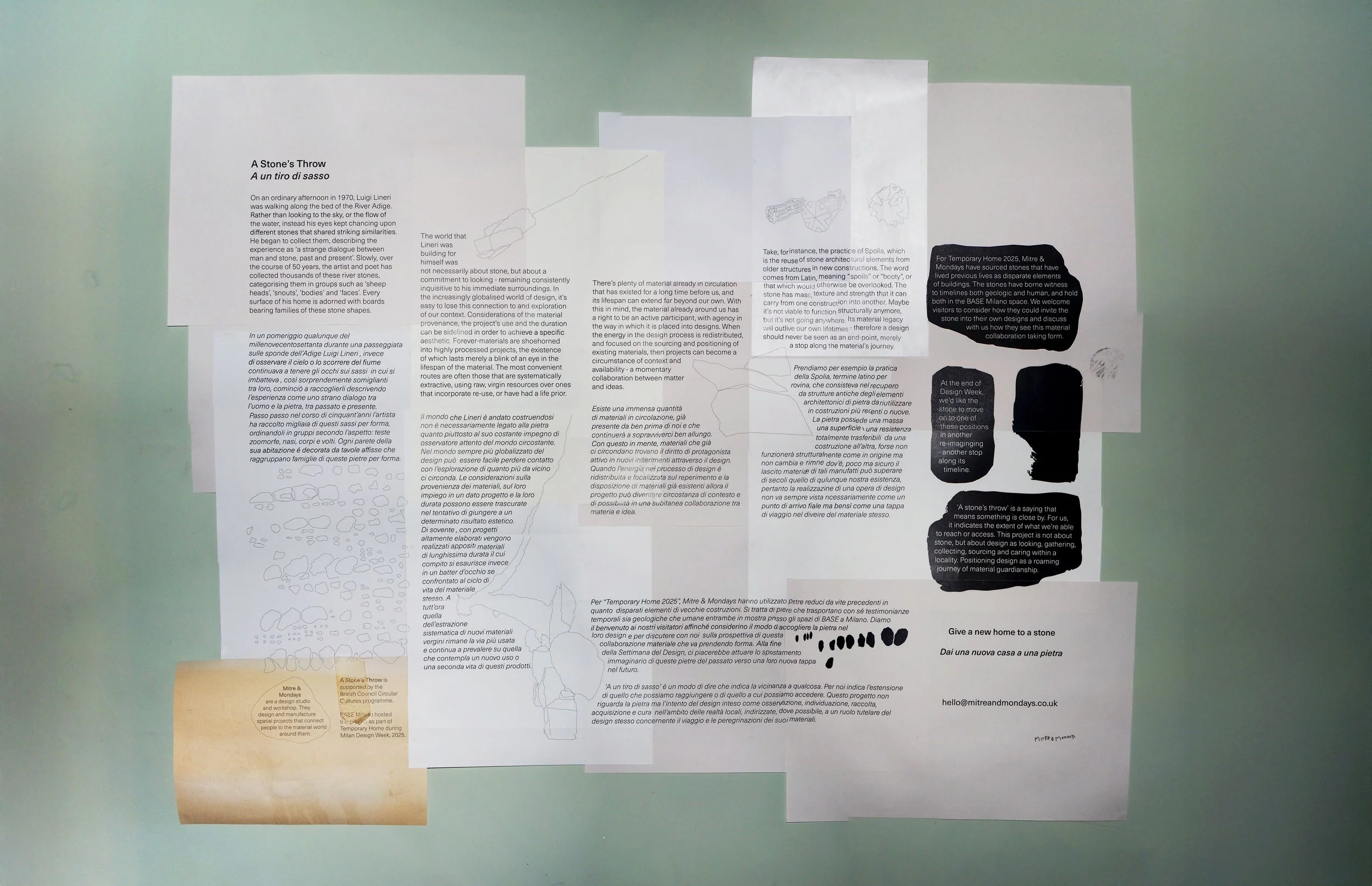
Image credits: Mitre & Mondays, BASE Milano


